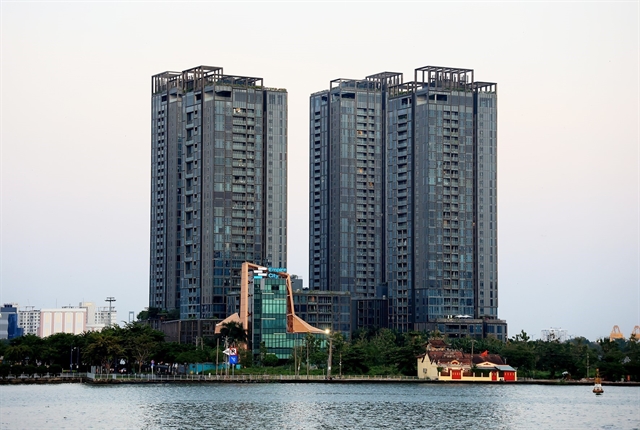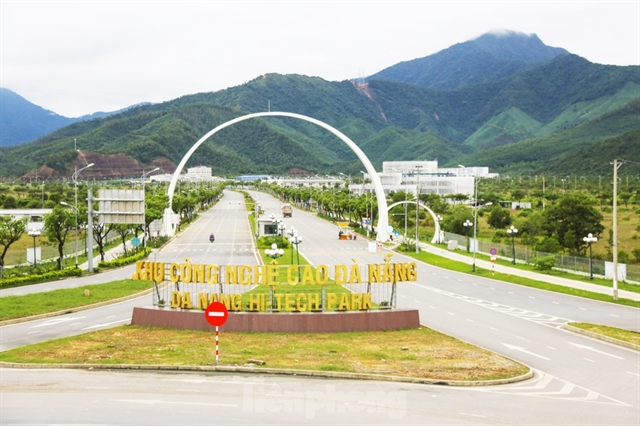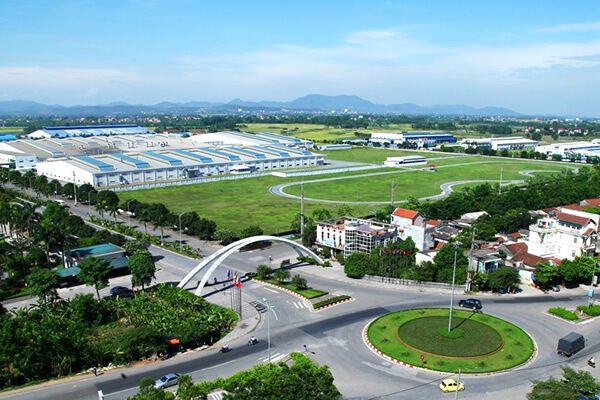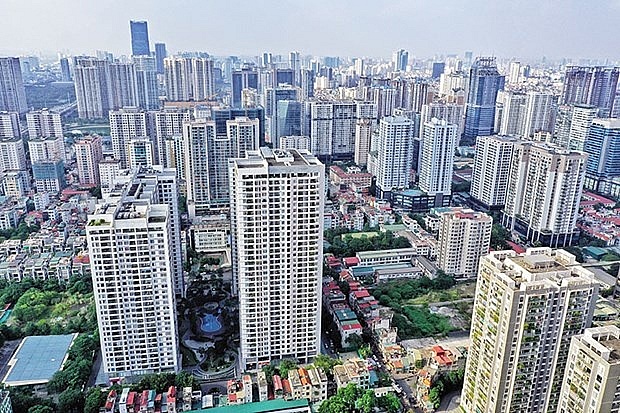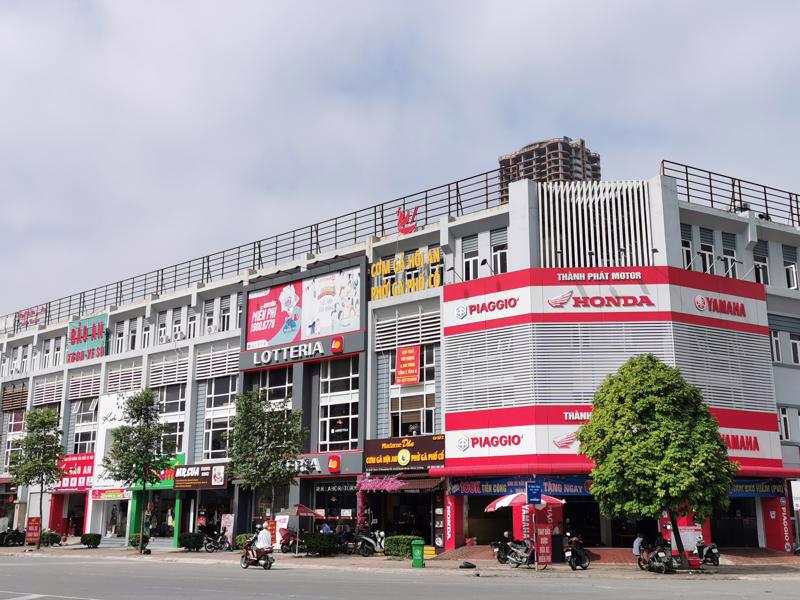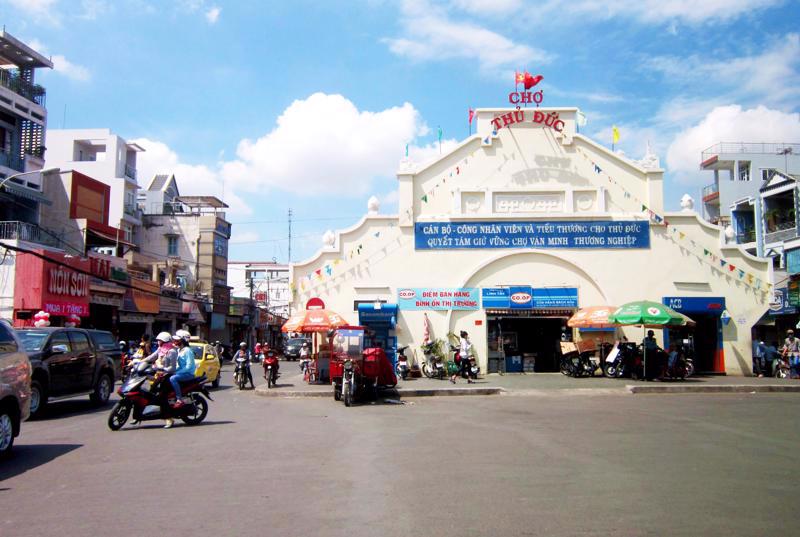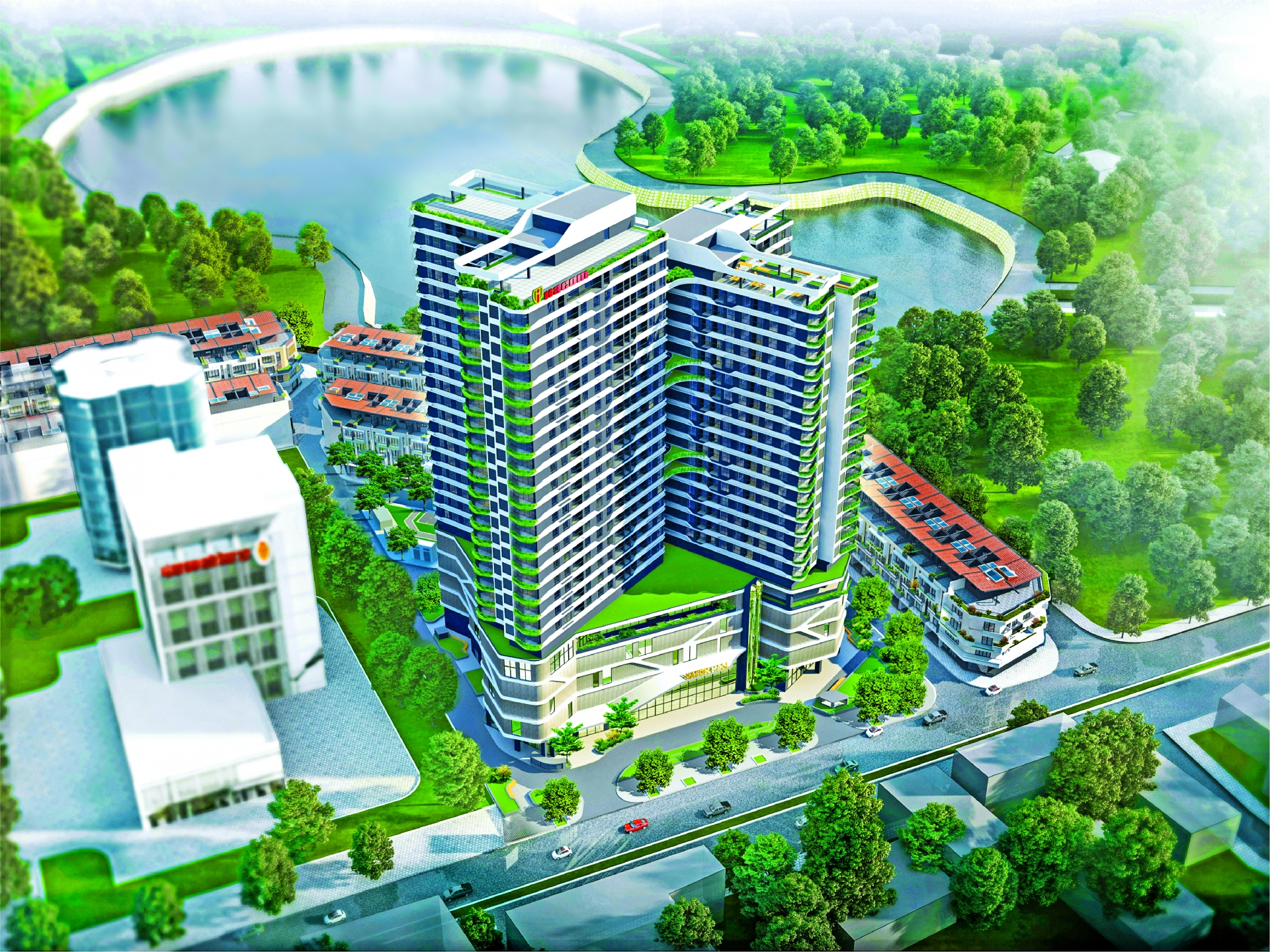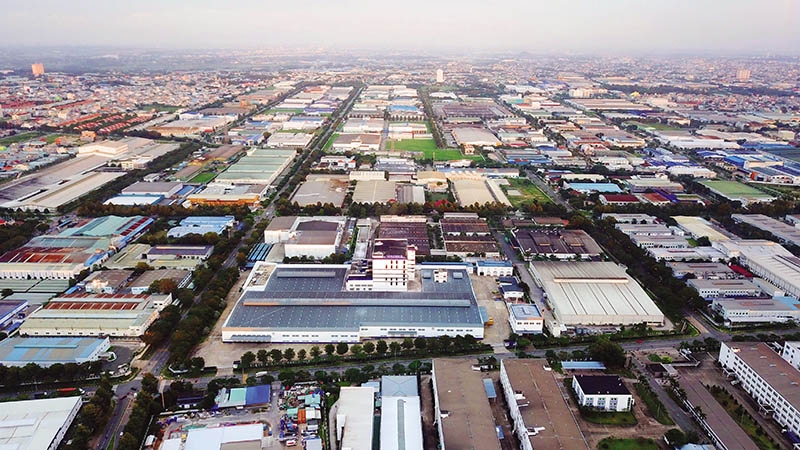Industrial Market: Demand for tier 2 provinces
Viet Nam is an emerging manufacturing hub, especially for electronics, tech and high-value-added industries. Thomas Rooney, Senior Manager, Industrial Services, Savills Ha Noi discussed the outlook of Viet Nam’s industrial real estate sector.
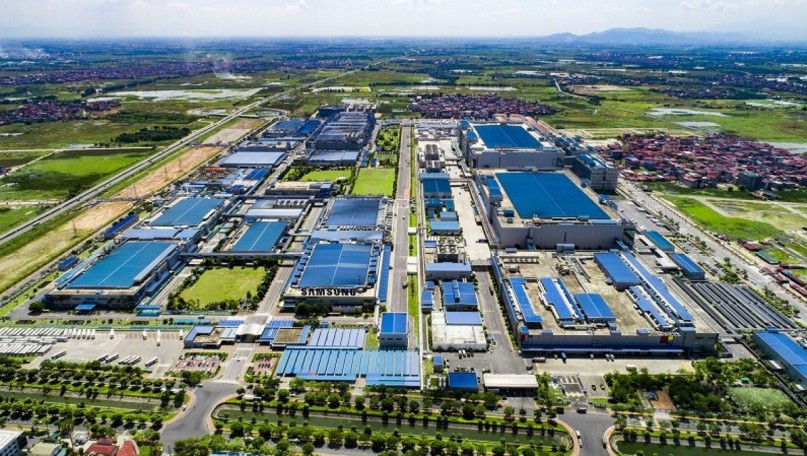
According to a report by the Foreign Investment Agency, there has been a decline in FDI since last year. How will this impact demand and industrial real estate?
As of April 2023, Viet Nam had newly registered FDI of US$8.88 billion, equalling 82.1% year-on-year (YoY). Approximately 750 new foreign projects have been granted licences with capital totalling US$4.1 billion. Additional capital came from 386 projects, increasing by 19.5% YoY.
Processing and manufacturing had the greatest investment with a 57.8% share, equal to more than US$5.1 billion; it also had the greatest new projects. Real estate came third and wholesale and retail came fourth.
Investors are certainly acting more cautiously and are ensuring due diligence checks are being done. Large enterprises are more careful in their investment decisions and are restrained by the global political and economic landscape.
However, we know Viet Nam has incredibly strong fundamentals with a solid economy, a dynamic demographic landscape, and a large, affordable labour force. These are strong pull factors.
There has been significant demand from manufacturing, with active sectors comprising electronics, electronic components, semiconductors, solar, textiles and garments. In northern Viet Nam, we see great activity from manufacturers implementing China Plus One strategies; they are looking for ready-built industrial assets in tier 1 and 2 provinces with short to mid-term leases and the potential to build their own facilities in future. Ready-built stock has grown significantly, predominantly in tier 1 markets such as Hai Phong.
Viet Nam is incredibly competitive in the region and investors usually have it in their top 3 destinations.

Thomas Rooney, Senior Manager, Industrial Services, Savills Hanoi
What types of industrial real estate will be in high demand in 2023?
Demand for ready-built factories outranks other products. Existing businesses or new competitors are actively examining the market and looking for opportunities in both tier 1 and tier 2 provinces.
Cold storage demand is also on the rise. Even though Viet Nam has great potential, supply remains limit ed. Cold storage development requires expertise, and it is also a capital-intensive exercise. Despite the initial investment costs, the returns can be lucrative.
Data centres are a third interesting category. We are seeing some of the smaller scale models such as edge data centres entering in the south, for the collocation model there is a strong interest, but licensing and partnering with local operators are challenges.
How can Viet Nam attract more investors and increase demand for industrial real estate?
The Government continues to push towards more high-value-added industries. The Government also supports business and investment with its dynamic free trade agreements (FTAs), tax and export incentives, and education reforms (SEDS) to improve the quality of labour. Improving infrastructure also adds value when considering international supply chains.
Interprovincial connectivity is improving, especially between tier 1 and tier 2 markets. The Van Don - Mong Cai Expressway, Ring Road 4 and the North-South Expressway are significant projects that will improve connectivity, trade, and development. Work started on twelve sections of the North-South Expressway in January 2023, and the entire project will receive investment exceeding VND 147 trillion. Eventually, it will run for 729 km through fifteen provinces and cities. The project will be an important development driver.
Infrastructure development will be key to promoting tier 2 provinces to foreign investors. Although investors are slightly more cautious, they are still active, and recent Samsung, LG, and Foxconn show Viet Nam’s solid standing on the international stage. The Nam Dinh Province People's Committee and Quanta Computer Group, a partner of Apple, also recently signed an agreement to set up a facility, which is expected to receive an investment of US$120 million, and Two Taiwanese investors, QST International Corporation and Boltun Corporation, are leading the US$165 million Boltun Viet Nam project in Bac Tien Phong Industrial Park.
Even though wages in Viet Nam are increasing, they are still very competitive. While Viet Nam has a large workforce, the Government is aware that as Viet Nam moves up the value chain, more skilled workers are needed. To maintain FDI inflows, there must be a secure pool of trained personnel. While education and training reforms are present in the national strategy from 2021 to 2030, these are long-term structural changes that will take time.

